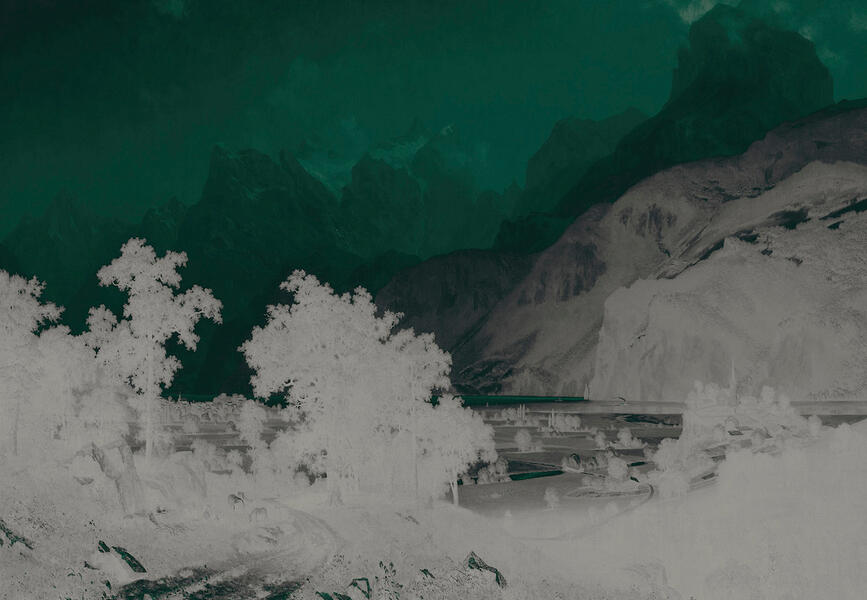INSTANT LIFE: PHOTOGRAPHY AND POST-MODERNITY
The Spanish art gallery Cámara Oscura inaugurated the group exhibition Instant Life. Under the curatorship of Juan Curto, the exhibition project invites eight artists to review their portfolios and select a work in dialogue with the curatorial proposal.
The artists invited to participate are Joan Fontcuberta, Alfonso Almendros, Mira Bernabéu, Matías Costa, Iñaki Domingo, Mendia Echeverria, Sandra Paula Fernández and Fernando Maselli, and the exhibition will remain in the gallery space until 22 May.

The exhibition arises from a reflection on the ideas of Zygmunt Bauman and Gilles Lipovetsky, and what it means to be inserted within postmodernity: an era in which there is an exaltation of individualism, narcissism and consumption as an attitude symptomatic of an existential void. Thus, Instant Life takes its name from the homonymous concept used by Bauman in his book Liquid Modernity, a work that perfectly illustrates 21st century society: the construction of identity through the recognition of the other, excessive consumption, the inability to think in long-term terms, the impermanence of meanings, etcetera.
As the gallery explains, the proposal not only invites these artists to dialogue with these ideas, but also does so through the reproduction of them within the artistic scheme. Curto has given the artists absolute freedom to select the artwork (the only rule is that it should dialogue, both by rejection and by dialogue with the idea of "instant life"), but what he has not given them is time: only two months were given to think about the project. The aim of this gesture is to allude to fast-art by inscribing the exhibition within this system of immediacy and impulsiveness that the demands of the market have imposed on all spheres of life, including that of art; the art industry.
Finally, the disciplinary nature of the exhibition should be emphasised. Instant Life is a proposal aimed at photographic works. The relationship that the curator establishes in this sense between the photographic device and modernity, and the image as the preferred language of post-modernity, is evident.
-
"Porque no hay un planeta B", Sandra Paula Fernández. Ph: Cámara Oscura.




